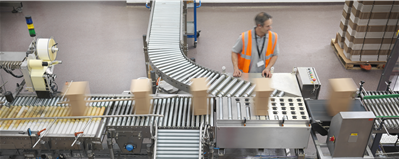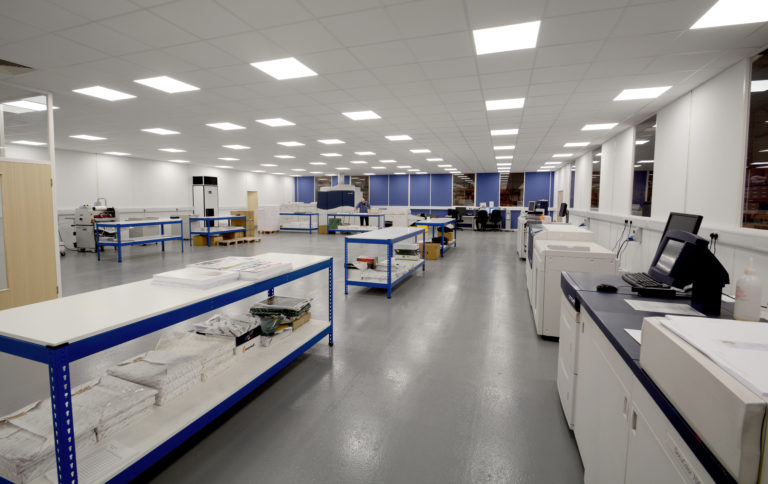Written by Howie Fenton,
Senior Technology Consultant, NAPL

In the beginning, all workflow tasks were written on paper. Once computers became available, the creation of estimates, job tickets, and bills were automated with spreadsheets and Print MIS systems. When computer to plate devices came out, a new software category, known as prepress PDF workflow solutions, were created. The e-commerce boom led to online ordering and tools that are now referred to as web-to-print solutions.
Those three software categories have remained the staple of workflow tools…until recently. Now we are adding new categories of software such as SEO/SEM (Search Engine Optimization/ Search Engine Marketing) and CRM (Customer Relationship Management).
SEO is the organic way to get your search results to the top of the Google search list. The most important factors include content marketing, meta tags, backlinks, conversational search terms, videos, and social media. In contrast, SEM is discussed as a strategy to buy clicks and uses terms such as PPC (pay per click) or CPC (cost per click). SEO and SEM do not directly involve your workflow, but it can become a new way that customer inquiries, customer service requests, and customer files enter your production workflow.
Customer inquiries and files can enter either manually or through an automated process. In a manual process, you may have to answer an e-mail or check your FTP site. In an automated process, it may seamlessly flow into another system for automatic processing, such as your print MIS system (estimating), your web to print portal (credit card billing), or your CRM system (confirmation of receipt).
A CRM system uses tools to store customer and prospect contact information, records activity for those accounts, and prompts and automates communication. The greatest benefit of the CRM system is having all the data for customers centrally located as opposed to having some information held by the salesperson, some information in the production and marketing area, and other information in the accounts receivable area.
Like SEO/SEM, a CRM system is not directly involved in your production workflow but it may transfer information that may result in a manual step or the opportunity for an automated process. For example, the CRM system may automate the communication process by contacting prospects after certain steps are completed, such as when a new customer enters the system, files are submitted, and proofs are created. These systems can also record changes and approvals.
If you compare the features and functionality of Print MIS systems and CRM systems, you will find a significant overlap in features. Both are very similar in the way they work with customer accounts and customer activity, but one is designed to serve a production role, while the other is focused on sales and customer service functions.
Traditionally we have focused more on production, but new systems or better integrated systems could support both. If interested, you should ask yourself:
- Have you tried to integrate SEO/SMO or CRM into your production workflow?
- If you have, has it helped automate sales, customer service or production?
—
Howie Fenton is a consultant with NAPL. For over 20 years he has worked with commercial printers and in-plants on production workflows, new technology, customer research, benchmarking performance and increasing productivity. For more information click here.




I think that SEO is really evolving into SEM. As time goes by search engines such as Google and Bing are using a wider variety of signals to help rank websites. This increase in signals is all about trying to identify more high quality websites. As a result SEO specialists need to be aware are far more techniques than they did 10 years ago. There can be a trade off sometimes between optimising a page for humans and optimising it for search engines. I would generally recommend optimising for humans as they are the ones that actually buy from you but would advise caution if by optimising for users you end up dropping like a stone down your rankings.
Mike